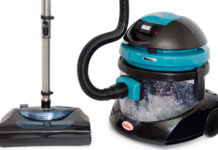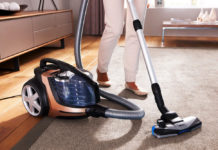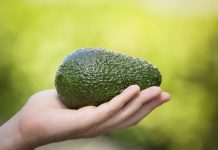Silver dishes are a sign of a good home, and silver jewelry is evidence of the delicate taste of their owners. But, unfortunately, this noble metal darkens over time and loses its attractive appearance. Therefore, it is always useful to know how and how to clean silver at home.
Material Content:
Why is silver getting dark?
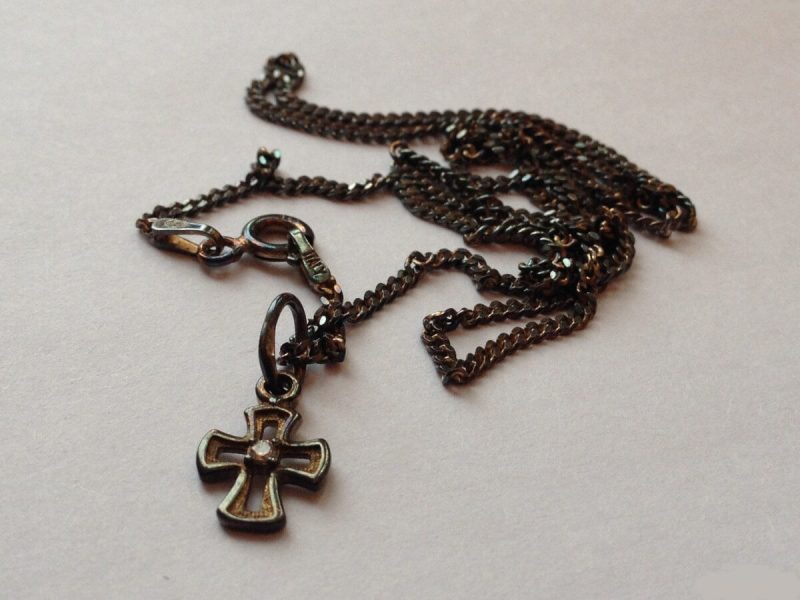
Apart from numerous superstitions, the blackening of silver can be associated with two completely natural chemical reactions:
- silver sulfide formation. Two conditions are necessary for this process - the presence of sulfur-containing compounds and high humidity. They are provided by the human body itself. The skin releases a certain amount of hydrogen sulfide when sweating. Upon reaction with silver ions, a thin sulfide film forms, causing the product to blacken;
- oxidation in air. Silver itself, being a noble metal, is not oxidized either by oxygen, or by hydrogen, or by nitrogen. However, dishes, cutlery or jewelry are not made of pure silver, but of an alloy - most often with copper. Dark copper oxide forms in the air, and the product loses its luster and blackens. Therefore, the lower the sample, the more actively silver is oxidized.
Darkening can occur when silver objects come into contact with sulfur-containing food products - for example, onions or eggs - with aggressive household chemicals, a number of medications. Intensive blackening is also observed in air polluted by hydrogen sulfide.
Modern jewelry technologies protect silver from darkening.For this, the processes of rhodium, passivation, cataphoresis coating, etc. are developed. However, antique jewelery and dishes “with history” still need special care.
Silver Soda
The simplest and most affordable way to clean silver at home is baking soda. Moreover, with its help, you can not clean the product in the traditional sense, but restore silver from sulfide.
It is done like this:
- 2 tablespoons of baking soda dissolved in 0.5 liters of water;
- pour the solution into aluminum dishes;
- place a silver object in it;
- bring the solution to a boil and boil with the product for 10-15 minutes;
- cool the solution, remove the item, rinse with clean water and polish with a soft cloth.
The meaning of this manipulation is that an aqueous solution of soda has alkaline properties. During the reaction of aluminum with alkali, atomic hydrogen is formed, which reduces silver from sulfide. Therefore, if there is no aluminum cookware, a piece of wire or any other object made of this metal can be put in enameled one.
Clean with foil
A similar chemical reaction can be performed using food foil, which is also made from aluminum.
This method is especially convenient for cleaning small jewelry or silver coins:
- cut the foil into small squares;
- put in the center a teaspoon of wet baking soda;
- put an object on the soda and wrap the foil with an envelope;
- lower the envelope into hot water and boil for 10-15 minutes;
- cool, remove the item, rinse it with clean water and polish with a soft cloth.
If you need to restore volumetric silver items - vases, dishes, candlesticks - you can line the appropriate sized dishes with aluminum foil, add 2 tablespoons of soda per 0.5 liters of water and boil them in the same way.
How to clean with vinegar?
Often, various acids are used to clean silver items - for example, phosphoric or formic.
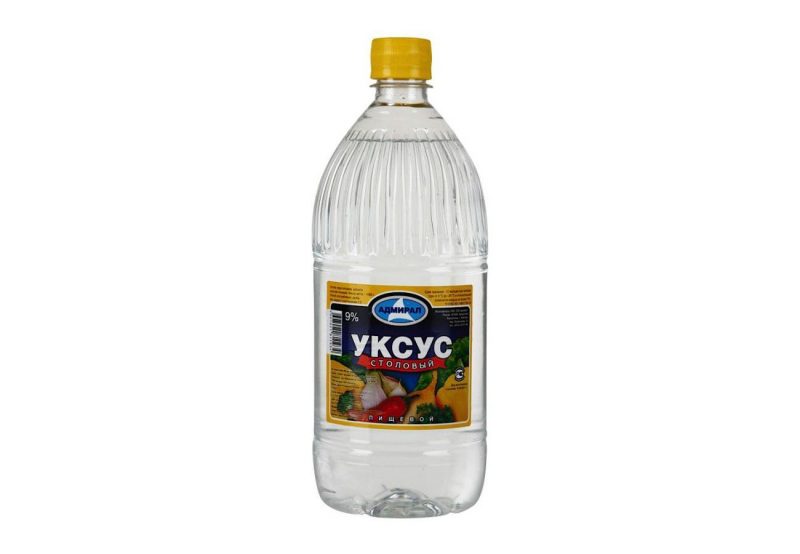
At home, vinegar in a weak concentration is also suitable:
- pour a little 3% vinegar into enameled dishes;
- put silver items in it and slightly warm, in no case bringing to a boil;
- cool the solution for 15 minutes;
- remove the products, rinse them thoroughly with distilled water and polish with a soft cloth.
Alternatively, you can simply wipe the items with cotton wool soaked in vinegar, but the reaction goes better when heated. It should be borne in mind that acids do not restore silver, unlike soda and aluminum. They interact with metal oxides inside the alloy, therefore, it affects silver products to some extent destructive.
Citric acid from black
Citric acid acts on silver more aggressively than acetic acid, but if a number of conditions are met, you can use it:
- in an enameled bowl, prepare a solution of 100 grams of citric acid powder and 0.5 liters of water;
- put silver items in the solution, put a piece of copper wire in the same place and put the dishes in a water bath;
- warm up for 15 minutes;
- remove the products, rinse them with distilled water and polish with a soft cloth.
Rinsing after cleaning silver objects in acidic solutions is a mandatory procedure. Residues of acids must be completely removed, otherwise there is a danger of damage to the product. Instead of distilled water, a soda solution can be used for this to conduct a neutralization reaction. Then rinse the item again with clean water.
Silver ammonia
Ammonia is an aqueous solution of ammonia. In Soviet times, collectors of ancient coins often used it, since more professional cleaning products were inaccessible.
It is very simple to clean silver from black with ammonia:
- for 1 liter of water, take 2 tablespoons of the finished pharmacy solution of ammonia;
- lower the product into it;
- keep the subject in solution from 15 minutes from 1 hour, depending on the degree of darkening;
- remove the product, rinse with clean water and polish with a soft cloth.
An aqueous solution of ammonia dissolves silver sulfide, but does it rather slowly. A particularly low reaction rate is observed when cleaning antiques - in the era before Catherine the Great, antimony and arsenic were included in silver alloys, which form insoluble compounds with silver. Thiourea, a white powder that decomposes in water to ammonia and carbon dioxide, and more successfully copes with a sulfide film, is more effective.
Peeling potatoes
Cleaning silver with potatoes is one of the most common folk recipes.
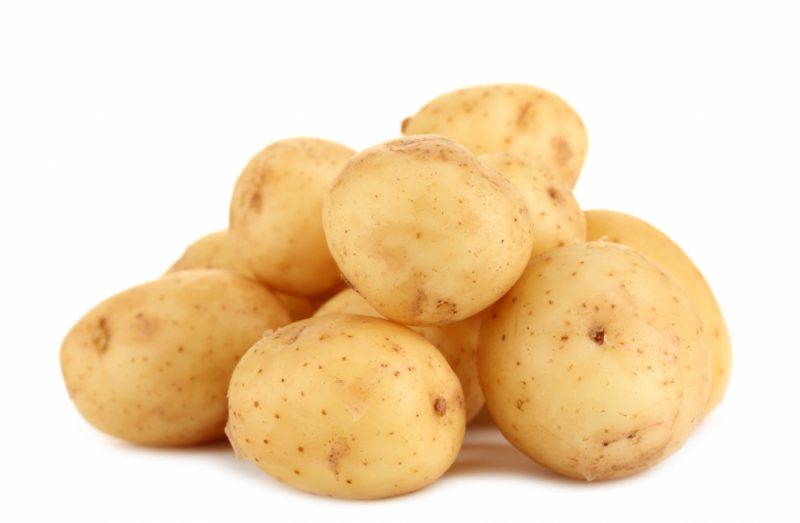
The procedure looks like this:
- one raw peeled potato is rubbed on a fine grater;
- potato gruel is poured with a glass of water and left for 10 minutes with stirring;
- the mixture is reclined on gauze and filtered;
- the silver product is lowered into the drained liquid for 15-20 minutes, after which it is removed, washed and polished with a soft cloth.
Judging by the reviews, the tool helps a lot with small darkening of silver.
Use toothpaste
Cleaning silver with toothpaste is another product of folk art. It is based on the abrasive effect, therefore toothpaste removes sulphide deposits by purely mechanical means.
For manipulation, you need to take a soft toothbrush and any paste. After squeezing a portion the size of a pea, the paste is gently rubbed on the surface of the product. Then it is washed well with clean water and polished.
Silver Olive Oil
Sometimes it is recommended to use all kinds of vegetable fats as a cleaning agent - most often, olive oil. It should be noted that it will not do anything with sulfide plaque or with oxides. Olive oil is not a silver cleaner, but a polish.
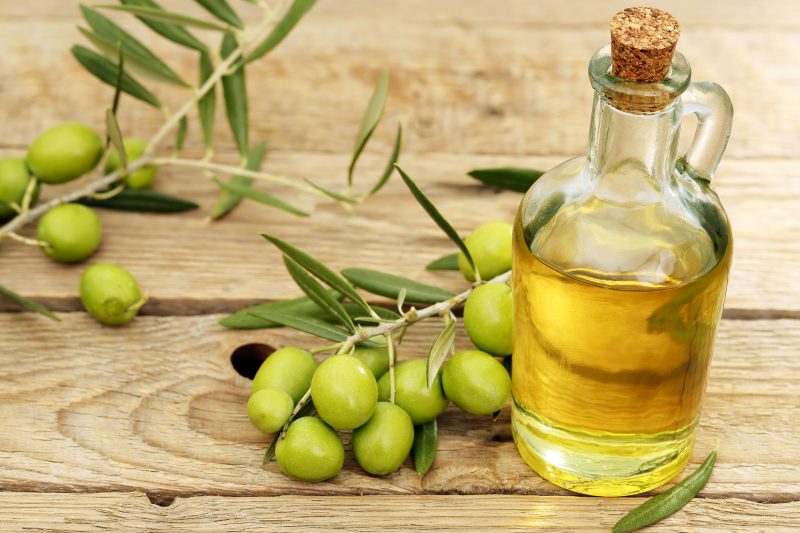
If the product has not darkened, has not faded, but you just want to give it an extra shine, it is enough to moisten a cotton sponge with olive oil or any other vegetable oil and wipe the metal surface. Then bring a gloss with a soft cloth.
Eraser Cleaning Option
A very simple and even slightly childish way to slightly upgrade a silver item is to rub it with an ordinary eraser. This is not to say that this is a very effective way, but with a slight tarnishing of silver, some result can be noticed. It is achieved solely due to mechanical effects on the surface.
Strongly blackened objects or products with a non-smooth surface should not be cleaned with an eraser.
How not to spoil silver jewelry?
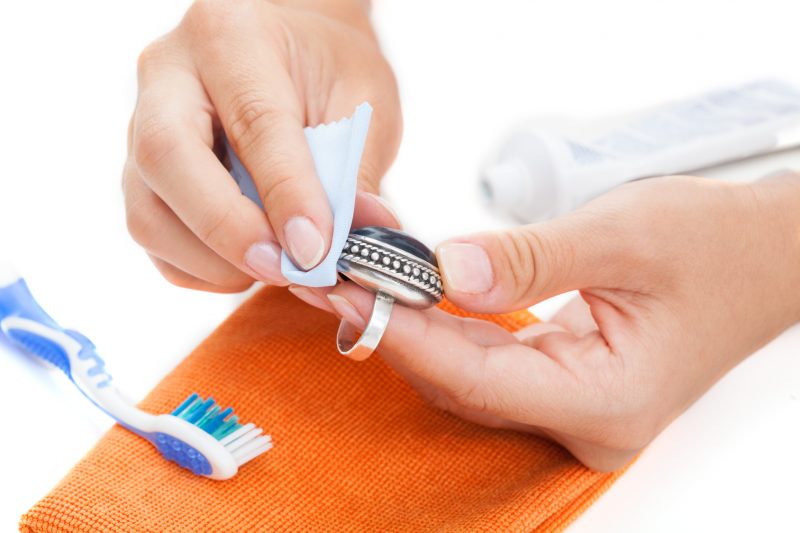
When choosing a way to restore silver products, you need to remember the following rules:
- Do not use coarse abrasives for mechanical cleaning - dental or cleaning powders, salt, soda. They leave scuffs on the surface, and subsequently cleaning silver will be more difficult.
- Do not exceed the exposure time of acids to products - they can cause a corrosion process.
- Do not exceed permissible concentration of solutions.
We must not forget about our own safety. When working with solutions of acids and alkalis, you need to open the windows, protect your hands with gloves.
The nuances of cleaning products with stones, gilding
Cleaning silver products inlaid with natural stones, rhinestones, ivory or enamels has its own subtleties. Most of the above tools are unsuitable for this.

Such items can only be cleaned with cotton buds and professional pastes and silver cleaning solutions:
- “Aladdin”;
- "Town Talk";
- "Mascot".
Gold-plated silver products are much less likely to need to be cleaned, since they do not blacken and practically do not fade. With a slight tarnishing, you can use one of these professional tools, choosing from their lines one that is suitable for gold and silver.
It is better not to clean highly artistic silver jewelry at home and go to a jewelry workshop.



